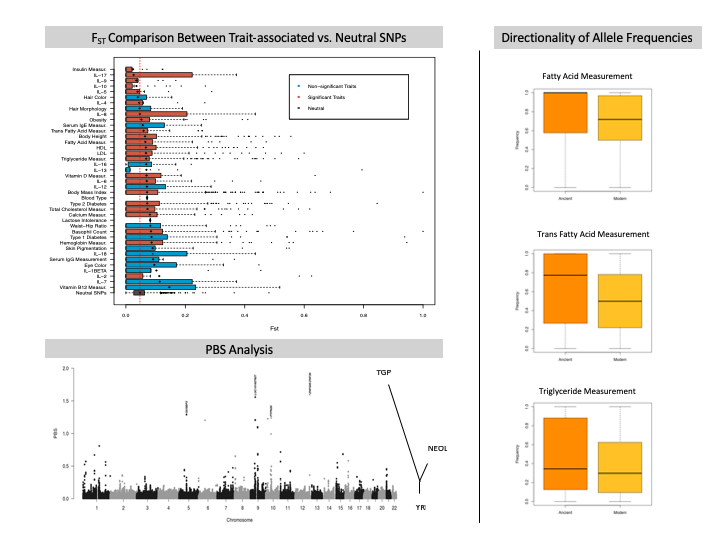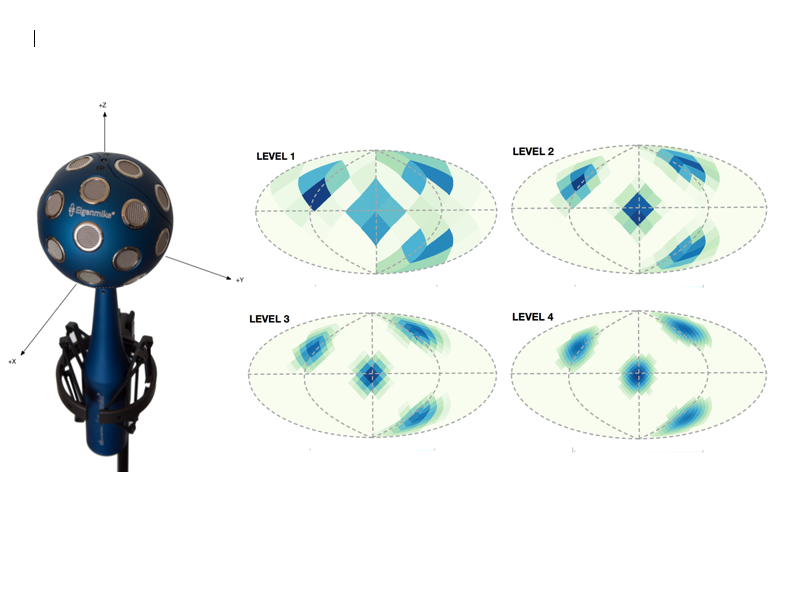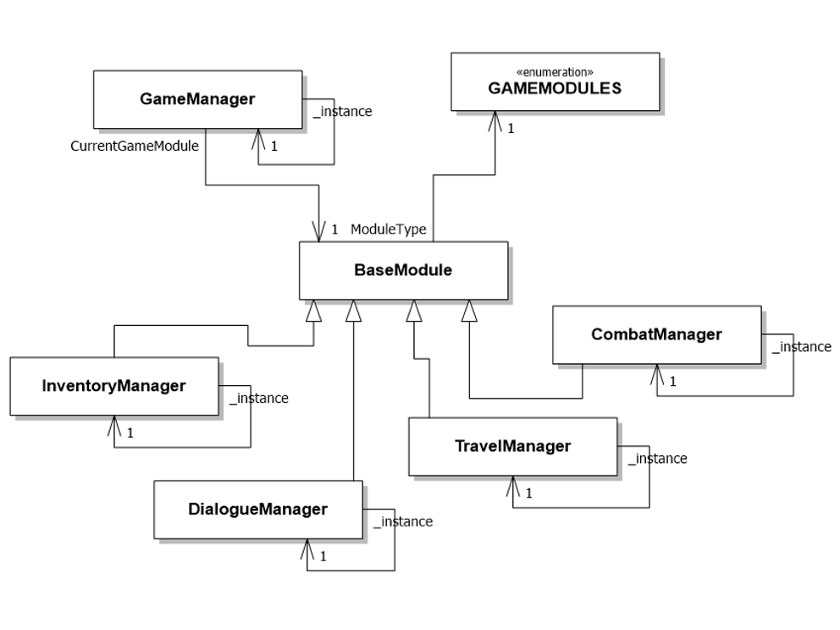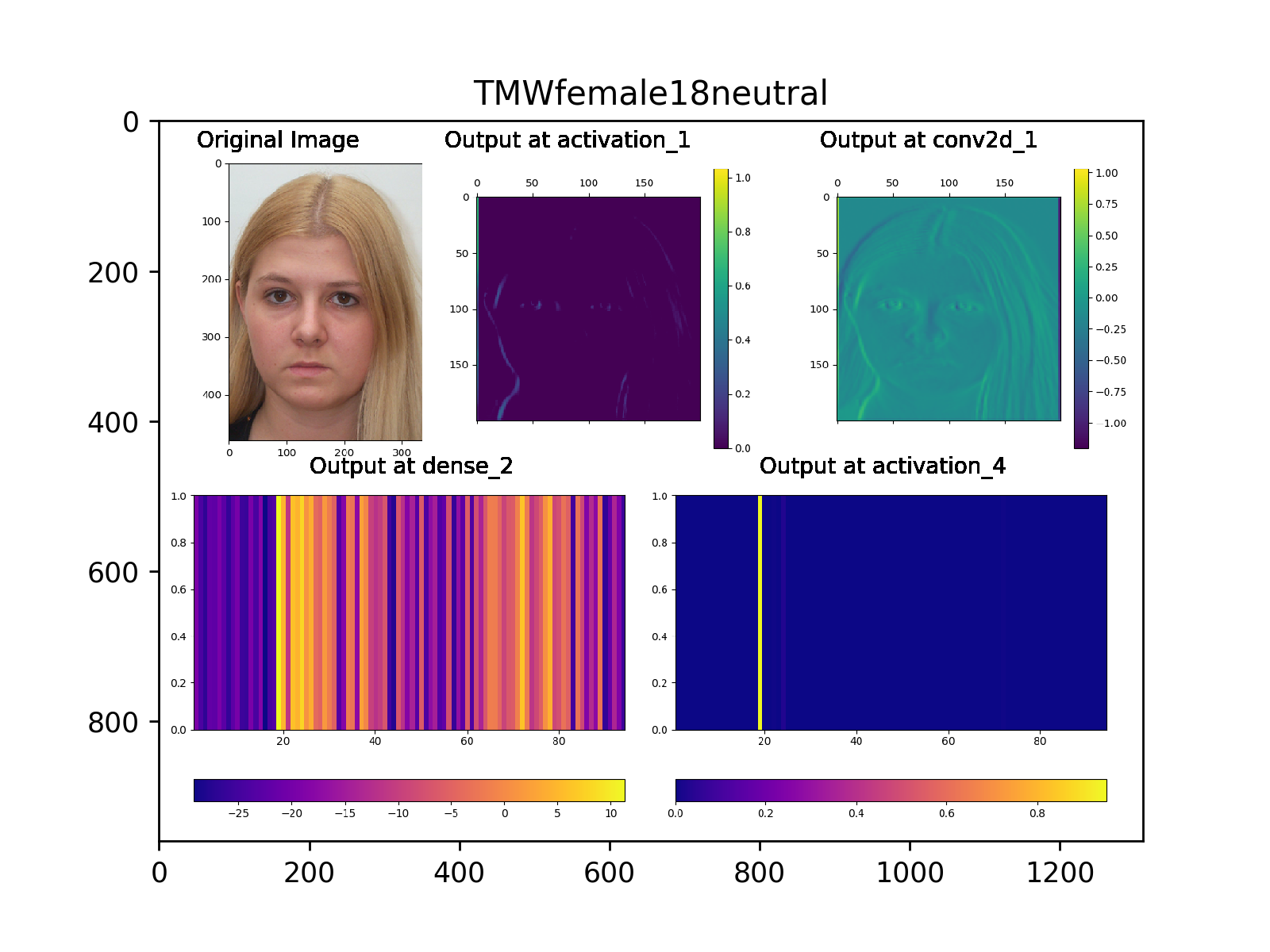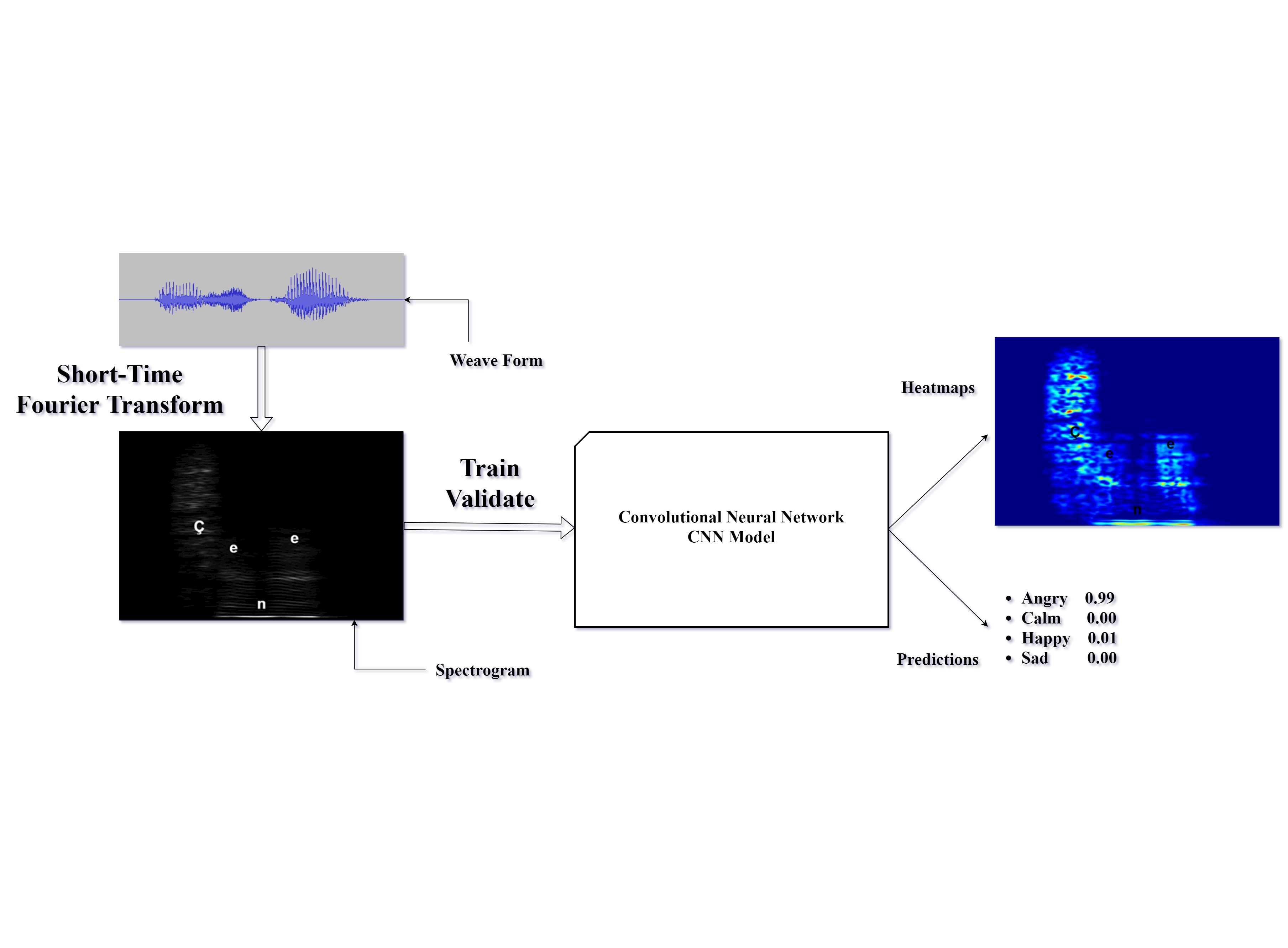Elif Bozlak, De Novo Snp Calling and Demographic Inference Using Trio Genome Data
In this thesis, we aim to analyze NGS data of three different domestic horse families to detect de novo mutations that occur within one generation. We found a higher number of true positives in highly covered data, while a lower number of true positives in the low covered data, showing the importance of sequencing coverage to detect true de novo mutations. In addition, to make estimations on the demographic history of the families we made PSMC and ROH analysis. Results of these analyses were coherent with previous studies. All in all, we had an idea for the minimum coverage threshold and quality of whole-genome sequencing data, to determine de novo mutations and to estimate population demography.
Date: 29.07.2019 / 11:00 Place: A-212

